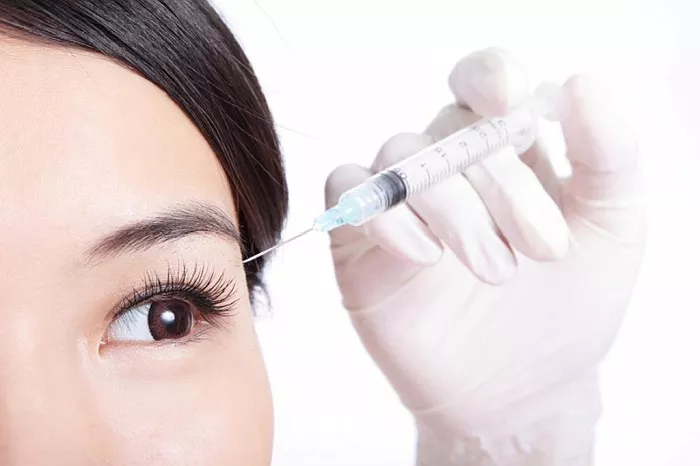A new wearable skin sensor can track your health without making contact with your skin. This innovative device detects molecules like water vapor, carbon dioxide, and volatile organic compounds (VOCs) that naturally move in and out of your body. It can also identify hidden issues in wound healing, such as when skin appears closed but hasn’t fully regained its protective barrier function, which is especially important for people with diabetes.
Beyond healthcare, the sensor can track environmental exposure. It reveals how chemicals from the air enter the skin, offering early warnings for dehydration, infection, or toxic exposure.
A Breakthrough in Health Monitoring
Researchers at Northwestern University have developed a unique skin sensor that doesn’t need to touch the skin to collect vital health data. This new wearable device provides insights into wound healing, hydration, and bacterial infections by measuring molecules on the skin’s surface.
The research, published in Nature, introduces the epidermal flux sensor (EFS). It works by creating a small chamber just above the skin, where sensors measure molecules like water vapor, VOCs, and carbon dioxide that move through the skin.
The device doesn’t need to make direct contact with wounds or damaged skin, making it ideal for monitoring healing without interrupting the process. It shows great promise for tracking hydration, detecting harmful chemicals, and identifying bacterial infections early.
How the Sensor Works
Unlike traditional wearable devices that touch the skin, the EFS keeps a small air gap. It uses a mechanical design with a programmable valve that opens and closes to control airflow. When closed, the chamber captures substances coming from the skin, allowing the device to track how their concentrations change over time. By analyzing these changes, the sensor can calculate how quickly molecules are moving into or out of the body.
While current wearables can track heart rate or sweat, they cannot continuously monitor gases passing through the skin. These molecular movements provide valuable insights into skin function, hydration, and wound healing.
Applications in Wound Healing and Diabetes Care
In an experiment, researchers placed the EFS on six different body areas to track overall body water loss. This feature is particularly useful for monitoring fluid balance in premature infants, where hydration is critical.
The team also used the sensor to monitor wound healing in mice. In normal mice, the sensor detected that wound healing and skin barrier recovery occurred together. However, in diabetic mice, the sensor found that although the wound looked closed, the skin barrier did not fully recover for weeks. This could be crucial for improving diabetic wound care strategies.
Detecting Infections and Environmental Hazards
The researchers also tested the sensor’s ability to detect bacterial infections. After introducing E. coli to pig skin wounds, the EFS detected increased VOC emissions, signaling bacterial growth. This shows the device can serve as an early warning system for infections.
Additionally, the EFS has potential applications in environmental safety. It can measure how chemicals like ethanol vapor penetrate the skin, offering insights into environmental exposure.
A New Approach to Health Monitoring
The EFS represents a new way to monitor how our bodies interact with the environment. By measuring the flow of substances through the skin, this non-contact sensor opens up new possibilities in personalized healthcare, wound management, and environmental safety.
As researchers continue to refine and miniaturize the device, we may soon have an early warning system for infections, dehydration, and environmental hazards, all without a single sensor touching the skin.
Related Topics

































